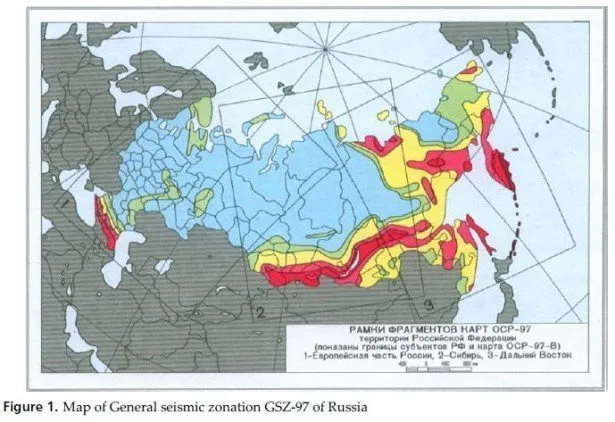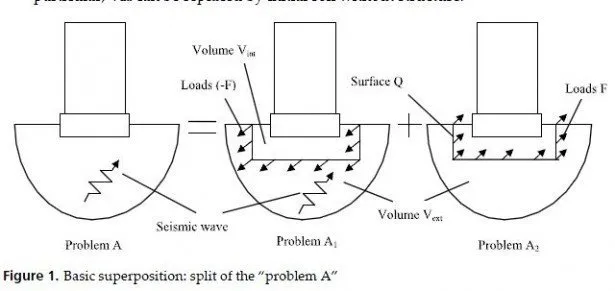The computational intelligence is a synergistic integration of essentially three computing paradigms, viz. neural networks, fuzzy logic and evolutionary computation entailing probabilistic reasoning (belief networks, genetic algorithms and chaotic systems) [29]. This synergism provides a framework for flexible information processing applications designed to operate in the real world and is commonly called Soft Computing SC [30]. Soft computing technologies are robust by design, and operate by trading off precision for tractability. Since they can handle uncertainty with ease, they conform better to real world situations and provide lower cost solutions.
The three components of soft computing differ from one another in more than one way.
Neural networks operate in a numeric framework, and are well known for their learning and generalization capabilities. Fuzzy systems [31] operate in a linguistic framework, and their strength lies in their capability to handle linguistic information and perform approximate reasoning. The evolutionary computation techniques provide powerful search and optimization methodologies. All the three facets of soft computing differ from one another in their time scales of operation and in the extent to which they embed a priori knowledge.
Figure 1 shows a general structure of Soft Computing technology. The following main components of SC are known by now: fuzzy logic FL, neural networks NN, probabilistic reasoning PR, genetic algorithms GA, and chaos theory ChT (Figure 1). In SC FL is mainly concerned with imprecision and approximate reasoning, NN with learning, PR with uncertainty and propagation of belief, GA with global optimization and search and ChT with nonlinear dynamics. Each of these computational paradigms (emerging reasoning technologies) provides us with complementary reasoning and searching methods to solve complex, real-world problems. In large scope, FL, NN, PR, and GA are complementary rather that competitive [32-34]. The interrelations between the components of SC, shown in Figure 1, make the theoretical foundation of Hybrid Intelligent Systems. As noted by L.
Zadeh: “¦ the term hybrid intelligent systems is gaining currency as a descriptor of systems in which FL, NC, and PR are used in combination. In my view, hybrid intelligent systems are the wave of the future” [35]. The use of Hybrid Intelligent Systems are leading to the development of numerous manufacturing system, multimedia system, intelligent robots, trading systems, which exhibits a high level of MIQ (machine intelligence quotient).



